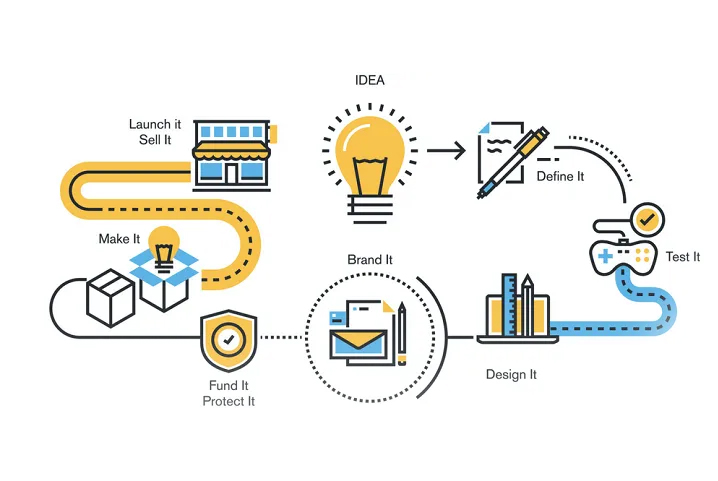
Software product development has evolved by leaps and bounds in the last two decades. Unlike yesteryear’s linear and time-consuming waterfall approach, today’s agile development approach has transformed software development fostering greater collaborations, quick real-time releases, and faster updates. The Agile impact is particularly evident in the testing environments, long considered mutually exclusive to development.

Agile test automation is now essential to building scalable quality software products at an accelerated rate. It has helped bring development and testing on the same page, promising quicker product development and release cycles. So, in this blog, we share some of the key ways in which agile test automation assists in ensuring timely delivery and smooth operation of the finished product.
Importance of Automation In Testing
Ten years ago, smartphones, internet, and cloud computing were still in their nascent stages. Applications were standalone and restricted to desktops. But today, the demand for scalable and easily upgradable software products has increased manifolds. There has been a shift from standalone applications to domain-specific applications that can interact and integrate with other systems. While project scale and size has increased, the timelines have shrunk. Development needs to be more flexible, collaborative and agile. Subsequently, product managers are now more open and willing to automate development and testing for efficiency.
Test automation in an agile environment allows for testing product features and functions in a real-time environment. For instance, it is now possible to test a feature in agile development in a distributed team by creating thousands of virtual users.
Thus, test automation balances agile development by enabling a scalable and flexible test environment for creating quality products through much deeper insights into errors than manual testing.
Agile Test Automation Benefits
1. Iterative
Agile test automation is iterative by nature which means test builds can be run repeatedly. This amplifies the team’s ability to identify and correct errors accurately. It eliminates human errors like missed steps, wrong documentation, etc.
Each test procedure is well documented and plays a key role in creating a real-time monitoring environment for reporting changes and providing feedback.
2. Parallel Execution
Today, developers are focused on creating software products that can be easily integrated across different devices, systems, and networks. This increases product design, development and execution complexities. Furthermore, the plethora of development tools, frameworks, and technology means that development has largely become a collaborative exercise subsuming multiple teams, departments, and vendors. Test automation helps balance out these complexities through parallel execution and greater code coverage.
Instead of running tests sequentially, agile test automation allows project teams to run multiple tests parallel-y for different environments or part of codebase. The ability and agility to perform tests for different features concurrently and repeatedly reduce error, and improve product quality.
3. Early Error Detection
Unlike the waterfall approach where testing is sequential, agile testing starts early, which means it saves development a lot of time by identifying potential bugs early. Overall, it improves product quality and time to market by fostering a stronger collaboration between testing and development.
4. Accelerated Time To Market
Prolonged development or delayed market entry is one of the primary reasons why most products fail despite great features and functionalities. With agile test automation, project managers and developers can use previous test scripts if they fit in with current project requirements. Reusability in test automation saves time, effort as well as accelerates product releases.
5. Cost-Effective
Last but not least, agile test automation is extremely cost-effective. Not only it helps product owners overcome time and cost constraints during development, but it also saves them a lot of money in maintenance costs.
When is Testing a Candidate for Automation?

The primary objective of any automated testing environment is to reduce errors while simplifying the overall process. A unit testing environment is a candidate for automation if it consumes a significant amount of the QA team’s time and resources. A test automation framework can repeatedly execute tests, report results and compare new results with previous ones without human assistance.
Hence, when product delivery has to be agile, cost-effective and real-time, the test automation environment is the ideal answer/solution. With a promise of agility with accuracy, test automation also ensures customer satisfaction. Pratham being a leading custom application development service provider , help companies deliver quality products in the shortest possible time with test automation expertise. We use the latest Agile and DevOps development framework and architecture. To know more about PSI automation testing, please visit our website or call us.








